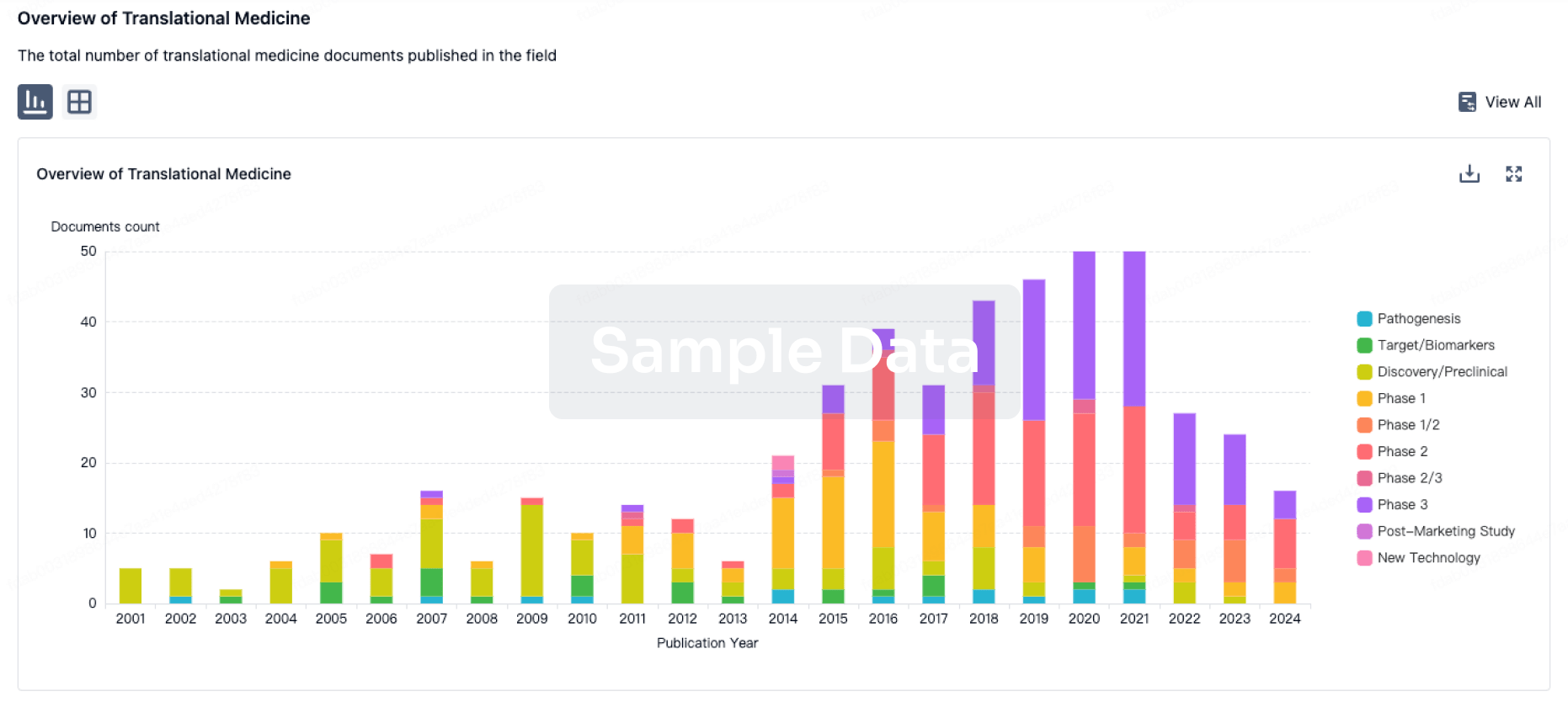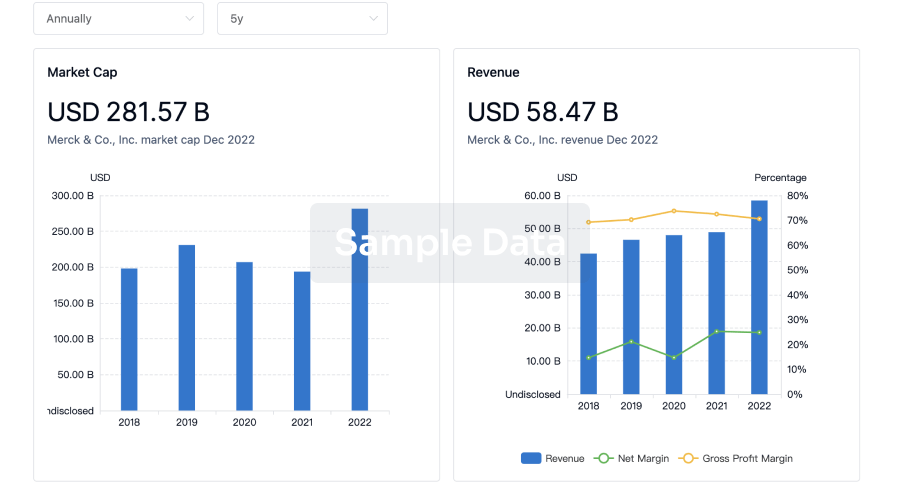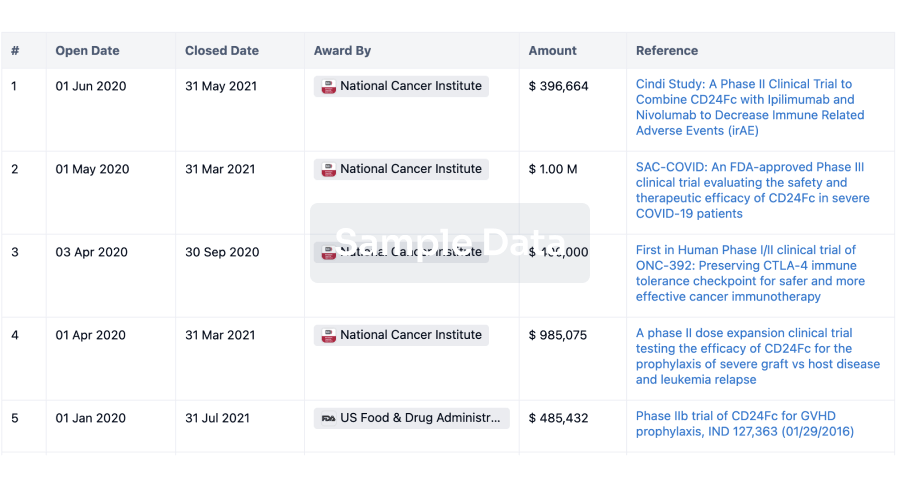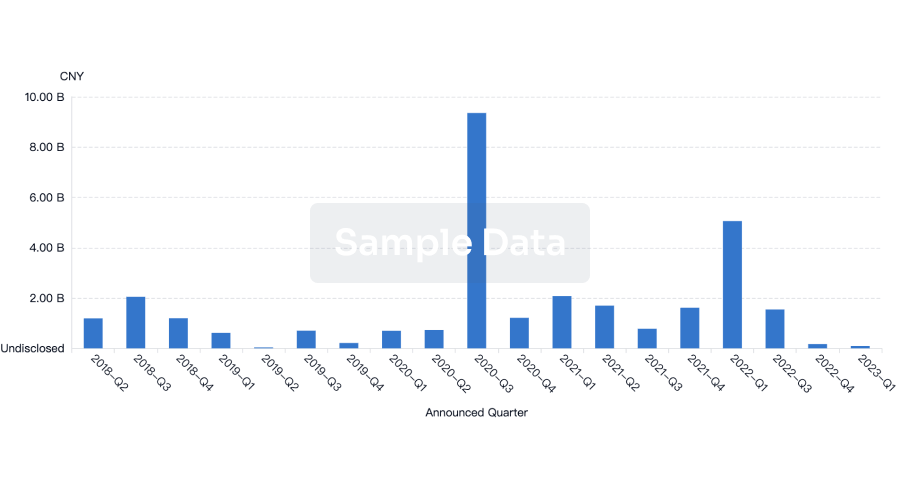Request Demo
Last update 14 Aug 2025

Rehman Medical Institute
Last update 14 Aug 2025
Overview
Related
5
Clinical Trials associated with Rehman Medical InstituteNCT07021729
Comparison of Conventional Clarithromycin Vs Alternative Levofloxacin Based Regimen in Treatment of Helicobacter Pylori Infection
The goal of this interventional study is to compare the efficacy of clarithromycin Vs levofloxacin based regimen in treatment of Helicobacter pylori infection in patients presenting to medical OPD who are tested positive for H pylori infection.. The main question[s] it aims to answer are:
• Which regimen is superior in terms of efficacy Participants will be treated for H pylori Infection in with two different regimen If there is a comparison group: Researchers will compare two groups Group 1 will receive clarithromycin based regimen group 2 will receive levofloxacin based regimen to see the treatment response.
• Which regimen is superior in terms of efficacy Participants will be treated for H pylori Infection in with two different regimen If there is a comparison group: Researchers will compare two groups Group 1 will receive clarithromycin based regimen group 2 will receive levofloxacin based regimen to see the treatment response.
Start Date01 Dec 2025 |
Sponsor / Collaborator |
NCT07040839
Comparative Efficacy of Omeprazole and Vonoprazan in the Treatment of Helicobacter Pylori Infection
Current studies have primarily focused on comparing the advantages and disadvantages of P-CAB and PPI drugs, with little comparison between different P-CAB drugs or between regimens with varying drug combinations and treatment durations.
This study aims to evaluate the clinical effectiveness of vonoprazan-based H. pylori eradication therapy and compare it to that of conventional PPI based therapy in clinical practice.
This study aims to evaluate the clinical effectiveness of vonoprazan-based H. pylori eradication therapy and compare it to that of conventional PPI based therapy in clinical practice.
Start Date01 Jul 2025 |
Sponsor / Collaborator |
NCT06480032
Low-Load Blood Flow Restriction Training vs Traditional Resistance Training Exercises Following Anterior Cruciate Ligament Reconstruction Surgery: A Pilot Randomized Controlled Trial
The main objective/s of the study is to compare the effectiveness of low load blood flow restriction training (LL-BFR) with traditional resistance training exercises (T-RT) at improving skeletal muscle hypertrophy, strength, ROM, pain and effusion in individuals who have undergone anterior cruciate ligament (ACL) reconstruction surgery.
The study will involve 32 participants who meet the inclusion criteria and will be randomly assigned to either the BFR-RT group or the T-RT group. The primary outcomes measured will include skeletal muscle hypertrophy, strength, range of motion, pain, and effusion.
The intervention will last for eight weeks, during which participants will undergo resistance training according to their assigned group. Data will be collected at various time points, including post-surgery, mid-training, and post-training, to assess the effectiveness of the two training methods. The findings from this study may help inform rehabilitation protocols and improve outcomes for individuals recovering from ACL injuries.
The study will involve 32 participants who meet the inclusion criteria and will be randomly assigned to either the BFR-RT group or the T-RT group. The primary outcomes measured will include skeletal muscle hypertrophy, strength, range of motion, pain, and effusion.
The intervention will last for eight weeks, during which participants will undergo resistance training according to their assigned group. Data will be collected at various time points, including post-surgery, mid-training, and post-training, to assess the effectiveness of the two training methods. The findings from this study may help inform rehabilitation protocols and improve outcomes for individuals recovering from ACL injuries.
Start Date04 Jun 2023 |
Sponsor / Collaborator |
100 Clinical Results associated with Rehman Medical Institute
Login to view more data
0 Patents (Medical) associated with Rehman Medical Institute
Login to view more data
284
Literatures (Medical) associated with Rehman Medical Institute01 Sep 2025·GAIT & POSTURE
Oral butyrate improves postural balance by repairing leaky gut in geriatric adults
Article
Author: Qaisar, Rizwan ; Iqbal, M Shahid ; Karim, Asima ; Ahmad, Firdos
INTRODUCTION:
Postural imbalance in older adults is a common problem and is partly due to a leaky gut. However, the effective treatments are poorly known. We investigated the effects of butyrate supplementation on postural imbalance and intestinal leak in older adults.
METHODS:
We recruited geriatric adult men into placebo (n = 66, age range=73.2 ± 3.4 years) and butyrate (n = 64, age range=70.4 ± 2.9 years) groups. The butyrate group received oral butyrate (300 mg/day) for 16 weeks. We measured postural balance in supine, tandem, and semi-tandem positions using a standardized tool. We also measured handgrip strength (HGS), gait speed, plasma zonulin and lipopolysaccharides-binding protein (LBP) levels as markers of intestinal leak in the study participants.
RESULTS:
At baseline, the balance scores, HGS, gait speed, plasma zonulin, and LBP levels were similar in the two groups. Butyrate supplementation was associated with a significant increase in HGS and gait speed and a reduction in plasma zonulin and LBP levels (all p < 0.05), which were not observed in the placebo group. Participants with higher postural balance exhibited higher HGS, gait speed, and lower plasma zonulin and LBP than participants with poor postural balance. We also observed dynamic associations of balance scores with HGS, gait speed, plasma zonulin, and LBP levels in the butyrate group. However, plasma CRP and 8-isoprostane levels were not affected by the butyrate supplement.
CONCLUSION:
Altogether, butyrate mitigates postural imbalance in older adults, which, at least partly, involves intestinal mucosal repair and improvement in skeletal muscle strength and gait speed.
17 Jun 2025·Cureus Journal of Medical Science
Characterizing Musculoskeletal and Neurological Toxicities Associated With the BPaLM Regimen: A Clinical Evaluation of Arthralgia and Peripheral Neuropathy in Patients With Multidrug-Resistant Tuberculosis (MDR-TB)
Article
Author: Ullah, Ubaid ; Ashraf ; Ismail, Ahmad ; Khan, Zahir ; Altaf, Afrasyab ; Rumman ; Salam, Shahid ; Naveed, Akmal ; Ali, Gohar
BACKGROUND:
Musculoskeletal and neurological toxicities are common side effects of the BPaLM (bedaquiline, pretomanid, linezolid, and moxifloxacin) regimen, an emerging treatment for multidrug-resistant tuberculosis (MDR-TB). These toxicities, particularly arthralgia and peripheral neuropathy, can significantly impair the quality of life of patients undergoing treatment. Despite the promising therapeutic benefits of the BPaLM regimen, the prevalence and severity of these side effects remain underexplored. Understanding these toxicities is crucial to improving patient management strategies and ensuring better treatment adherence.
OBJECTIVE:
This study aims to determine how common and severe musculoskeletal and neurological toxicities, particularly arthralgia and peripheral neuropathy, are among MDR-TB patients treated with the BPaLM regimen.
MATERIALS AND METHODS:
This prospective observational study was conducted at the Programmatic Management of Drug-Resistant Tuberculosis in Mardan Medical Complex between January 2024 and April 2025. Patients with MDR-TB undergoing treatment with the BPaLM regimen were monitored for musculoskeletal and neurological toxicities, specifically arthralgia and peripheral neuropathy. Clinical evaluations included assessing the onset, severity, and impact of joint pain and nerve damage, as well as evaluating the effectiveness of pain management and physical therapy interventions. Data collection included demographic information, comorbidities, and baseline physical activity levels. Statistical analysis was performed using SPSS Statistics version 26 (IBM Corp. Released 2019. IBM SPSS Statistics for Windows, Version 26.0. Armonk, NY: IBM Corp.), Python (Python Software Foundation, Beaverton, OR, USA), and R 4.4.5 (R Foundation for Statistical Computing, Vienna, Austria) to identify significant predictors of toxicity severity through descriptive statistics, chi-square tests, and decision tree modeling. Kaplan-Meier survival analysis was also conducted to assess the relationship between toxicity severity and treatment outcomes.
RESULTS:
Among the 44 MDR-TB patients, 35 (79.54%) experienced mild to moderate arthralgia, with knee pain being most common (34, 77.27%). Peripheral neuropathy was reported in 26 (59.09%) patients, with the lower limbs (20, 45.45%) being most affected. Kaplan-Meier survival analysis revealed a significant difference in survival times based on the severity of arthralgia and peripheral neuropathy, with more severe symptoms correlating with reduced survival duration.
CONCLUSIONS:
The findings underscore the importance of early identification, regular monitoring, and personalized management strategies to mitigate the burden of these toxicities and enhance patient outcomes.
01 Jun 2025·Cureus Journal of Medical Science
Comparison of Intravesical Bacillus Calmette-Guérin (BCG) and Mitomycin C for the Treatment of Non-Muscle-Invasive Bladder Cancer.
Article
Author: Zaidi, Syeda Farwa ; Khan, Waqas Ahmed ; Asif, Muhammad ; Nisar, Sara ; Shah, Syed Rafiuddin ; Shah, Kamran A ; Gul, Farah ; Ullah, Farid
Background Bacillus Calmette-Guérin (BCG) and mitomycin C (MMC) are the two most commonly used intravesical therapies for non-muscle-invasive bladder cancer (NMIBC), yet variability in treatment outcomes and tolerability continues to challenge clinical decision-making. Updated comparisons reflecting current treatment protocols and adherence patterns are needed to inform practice. Objective The objective of this study is to evaluate and compare the efficacy and safety of intravesical BCG versus MMC in the contemporary treatment of NMIBC, focusing on recurrence, progression, and adverse effects over a 24-month follow-up. Methods This comparative study was conducted at the Khyber Teaching Hospital over a two-year period from January 2023 to December 2024. A total of 286 patients were enrolled, with 143 patients in each treatment group. Patients who had a complete transurethral resection of bladder tumor, were confirmed to have NMIBC, were at least 18 years old, and were eligible for intravesical therapy with either BCG or MMC were included in the study. Patients with muscle-invasive bladder cancer, BCG or MMC contraindications, active UTIs, severe immunosuppression, or serious comorbid diseases that might affect therapy results were excluded. Results The BCG group had much lower rates of cancer returning after 12 months (19 out of 143 patients, 13.29%, vs. 32 out of 143 patients, 22.38%; p = 0.037) and 24 months (34 out of 143 patients, 23.78%, vs. 49 out of 143 patients, 34.27%; p = 0.043), a longer average time before cancer returned (14.20 ± 4.80 months vs. 10.90 ± 5.30 months; p = 0.026), and less disease progression after 24 months (15 out of 143 patients, 10.49%, vs. 29 out of 143 patients, 20.28%; p = 0.021). Adverse effects were more frequent in the BCG group (n = 67, 46.85% vs. n = 58, 40.55%; p = 0.312), with fever (n = 19, 13.28% vs. n = 6, 4.19%; p = 0.012) and flu-like symptoms (n = 24, 16.78% vs. n = 8, 5.59%; p = 0.004) occurring more commonly. Conclusions BCG demonstrated superior efficacy over MMC in reducing recurrence and progression rates in patients with NMIBC, with a higher frequency of systemic adverse effects.
100 Deals associated with Rehman Medical Institute
Login to view more data
100 Translational Medicine associated with Rehman Medical Institute
Login to view more data
Corporation Tree
Boost your research with our corporation tree data.
login
or

Pipeline
Pipeline Snapshot as of 17 Dec 2025
No data posted
Login to keep update
Deal
Boost your decision using our deal data.
login
or

Translational Medicine
Boost your research with our translational medicine data.
login
or

Profit
Explore the financial positions of over 360K organizations with Synapse.
login
or

Grant & Funding(NIH)
Access more than 2 million grant and funding information to elevate your research journey.
login
or

Investment
Gain insights on the latest company investments from start-ups to established corporations.
login
or

Financing
Unearth financing trends to validate and advance investment opportunities.
login
or

AI Agents Built for Biopharma Breakthroughs
Accelerate discovery. Empower decisions. Transform outcomes.
Get started for free today!
Accelerate Strategic R&D decision making with Synapse, PatSnap’s AI-powered Connected Innovation Intelligence Platform Built for Life Sciences Professionals.
Start your data trial now!
Synapse data is also accessible to external entities via APIs or data packages. Empower better decisions with the latest in pharmaceutical intelligence.
Bio
Bio Sequences Search & Analysis
Sign up for free
Chemical
Chemical Structures Search & Analysis
Sign up for free